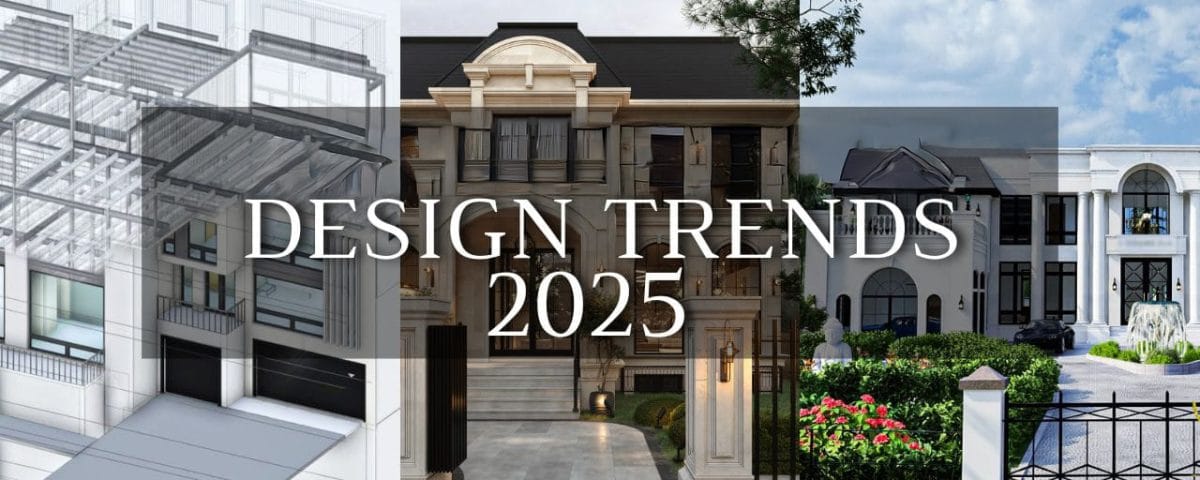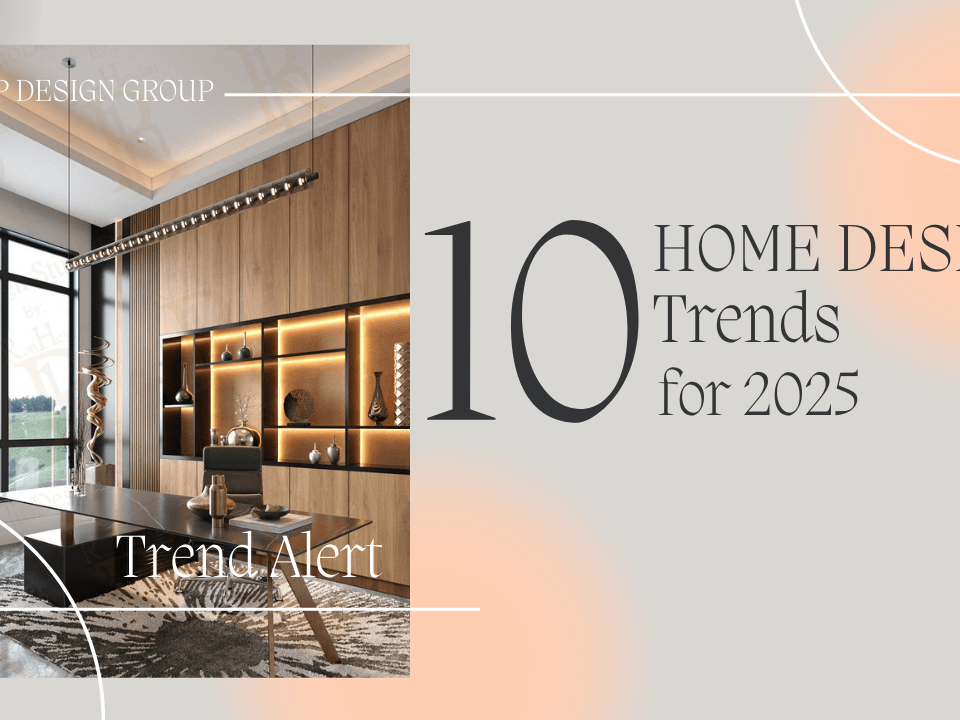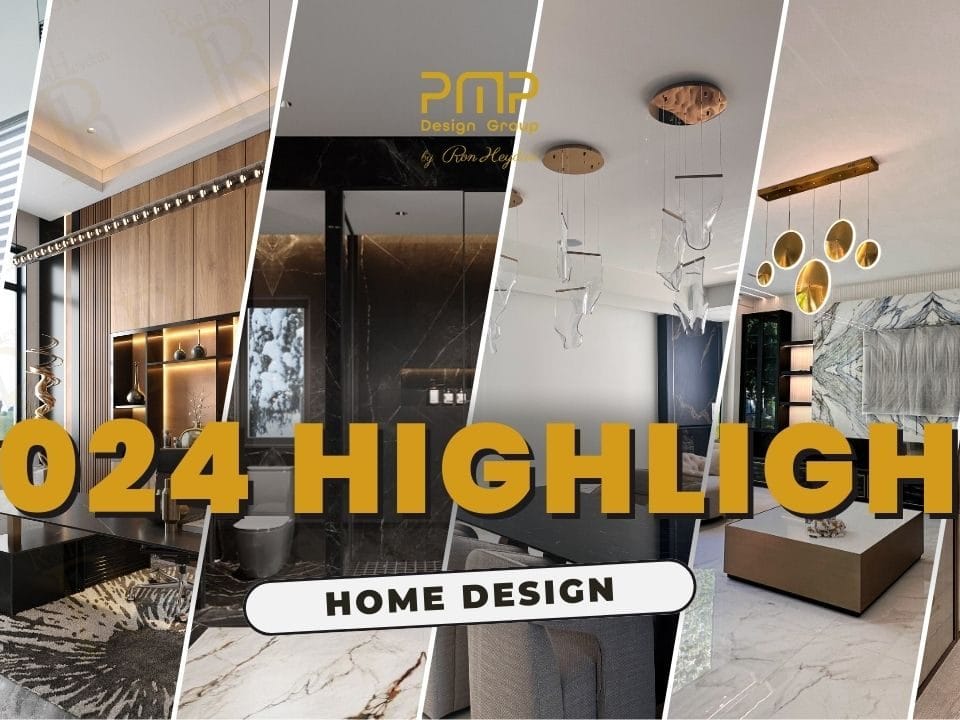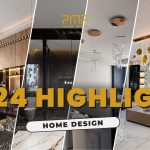
2024 Year in Review: Highlights of Our Home Design & Space Planning Projects
January 26, 2025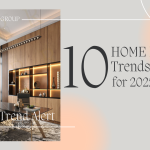
Top 10 Home Design Trends to Watch for in 2025
February 10, 2025As we move into 2025, Design continues to evolve, blending innovation with sustainability and style. This year’s trends showcase bold materials, natural integration, and dynamic aesthetics that redefine modern living. Here are the top 10 architecture design trends shaping the future:
1. Steel Structures: The Backbone of Bold Designs
Steel continues to dominate contemporary architecture, offering strength, versatility, and sleek aesthetics. From towering skyscrapers to innovative residential homes, steel allows for expansive open spaces, minimalistic frameworks, and impressive industrial-inspired facades.
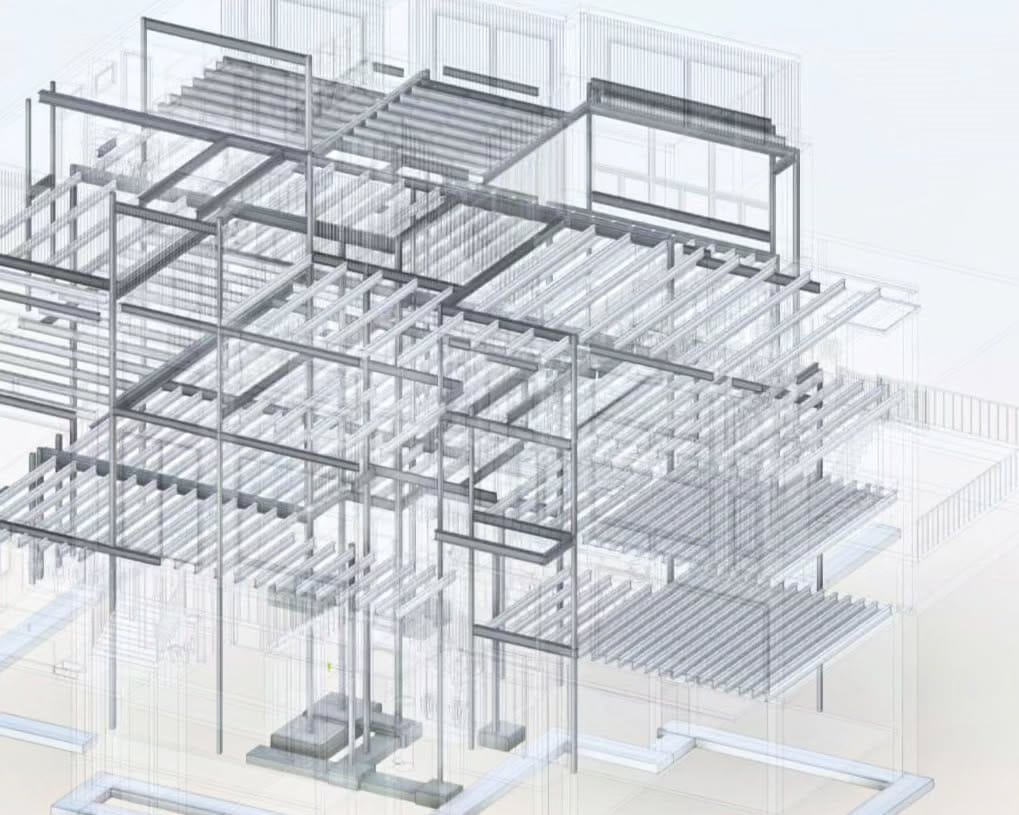
2. Biophilic Design: Living in Harmony with Nature
Bringing nature into architecture remains a strong trend. Green roofs, indoor gardens, natural ventilation, and large windows that blend indoor and outdoor spaces create healthier and more sustainable living environments. Expect more buildings integrating natural elements to enhance well-being and reduce carbon footprints.
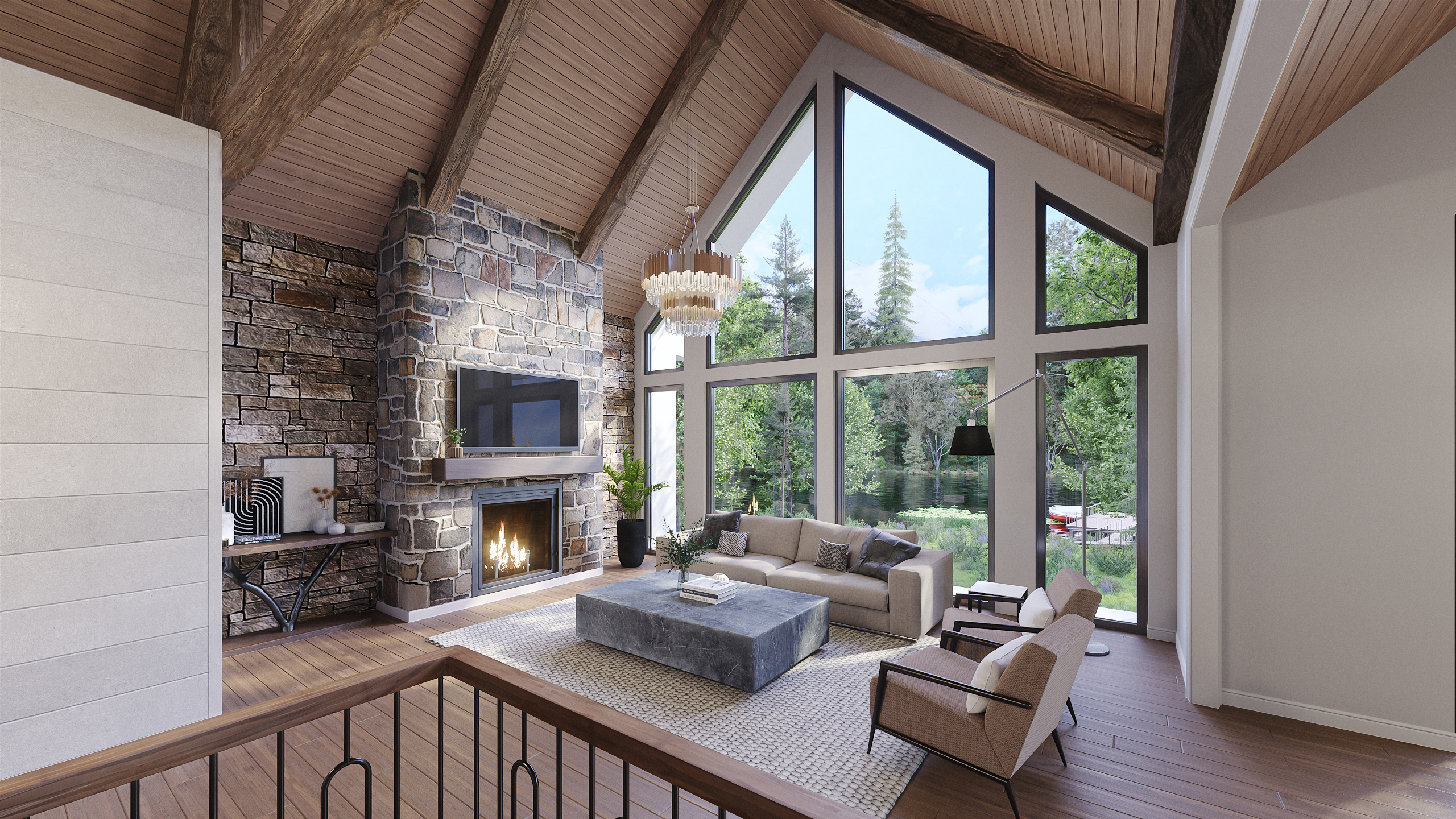
3. Mixed Textures for Stylish Exteriors
The combination of materials like stone, wood, glass, and metal is redefining exterior design. Mixing rough and smooth textures creates depth and contrast, adding character to both residential and commercial buildings. This approach allows architects to craft visually striking and unique facades.
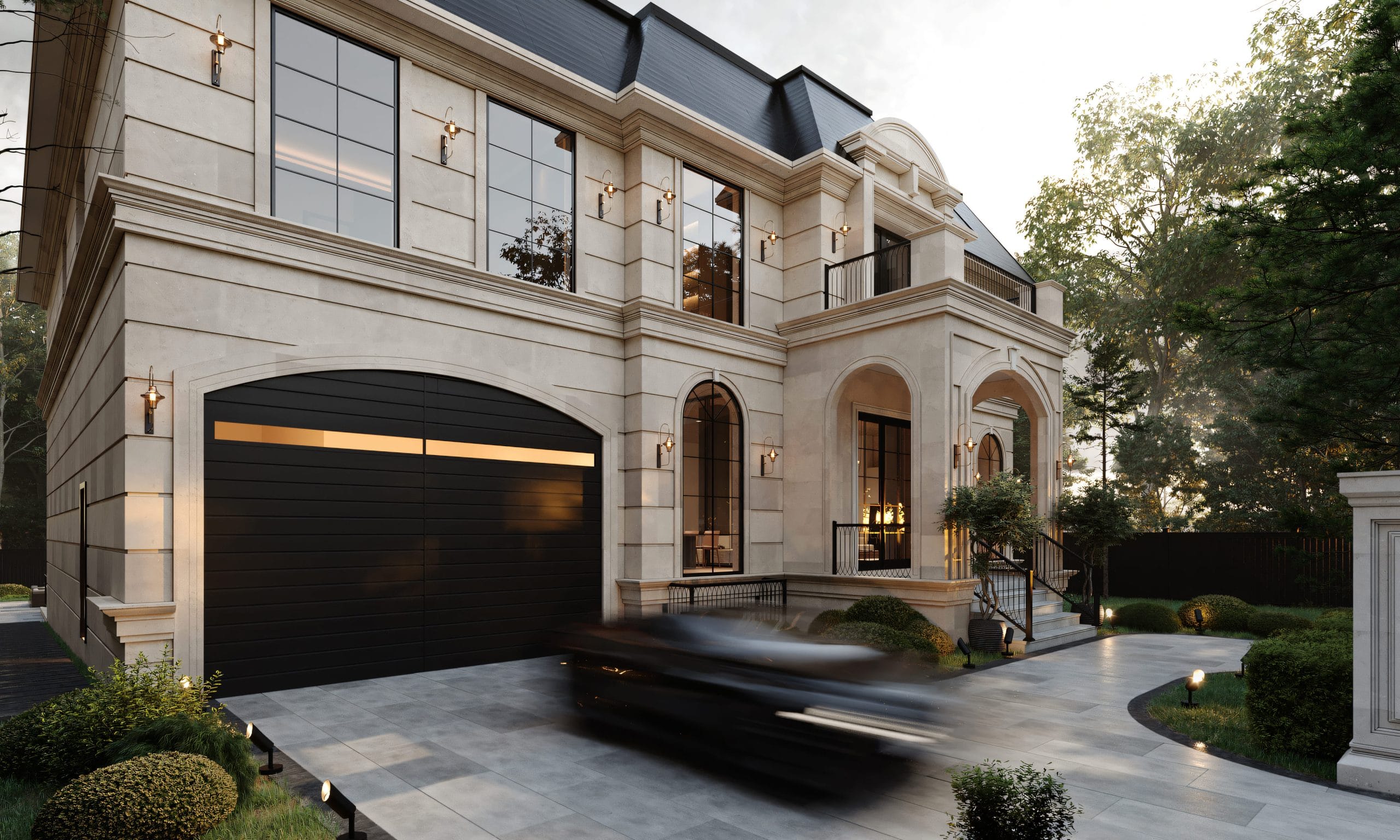
4. Smart Homes with AI Integration
Artificial intelligence is revolutionizing home design, making spaces more efficient and adaptable. Smart homes now feature AI-powered climate control, security systems, and lighting that adjust based on occupancy and preferences, enhancing convenience and sustainability.
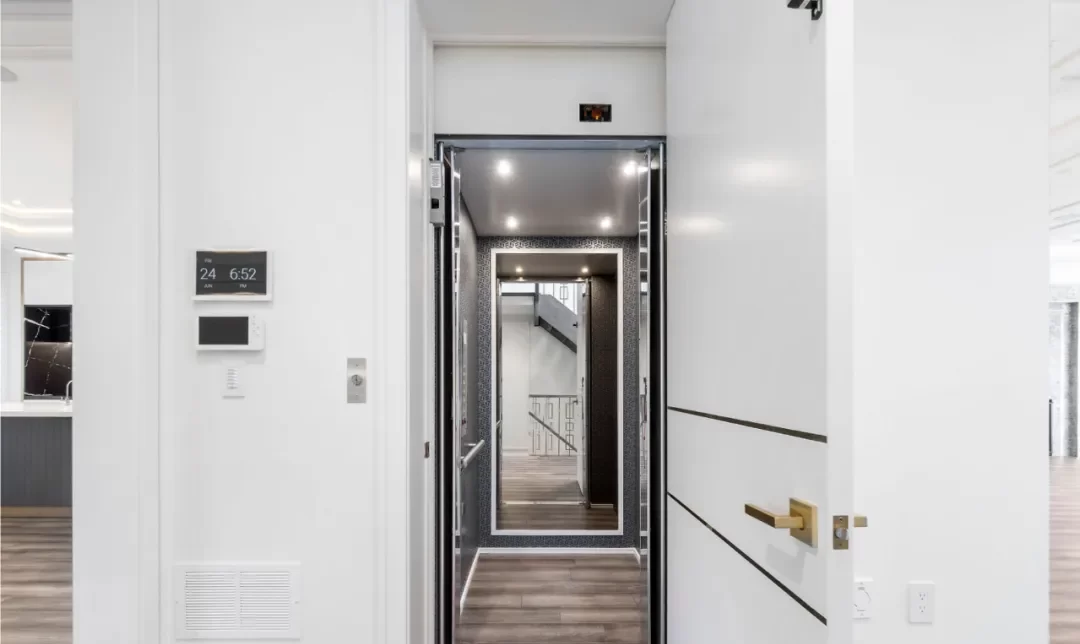
5. Sustainable Building Materials
Eco-friendly materials like recycled wood, bamboo, and carbon-negative concrete are gaining popularity. Architects are focusing on sustainable solutions that reduce environmental impact while maintaining durability and aesthetics.
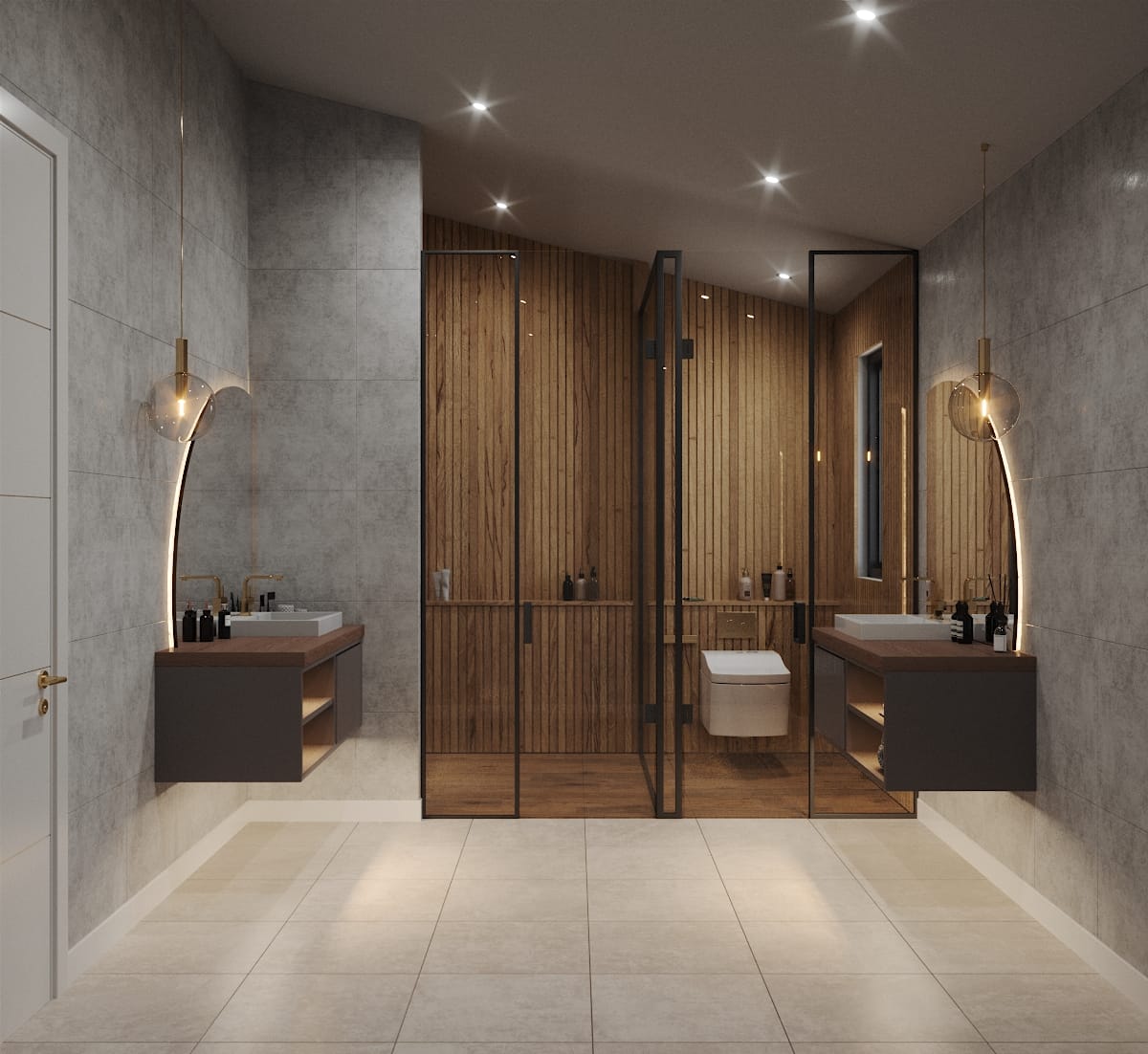
6. Minimalist Yet Functional Spaces
Minimalism continues to thrive but with a stronger focus on functionality. Compact living solutions, modular furniture, and adaptable layouts cater to urban dwellers who seek efficiency without sacrificing style.
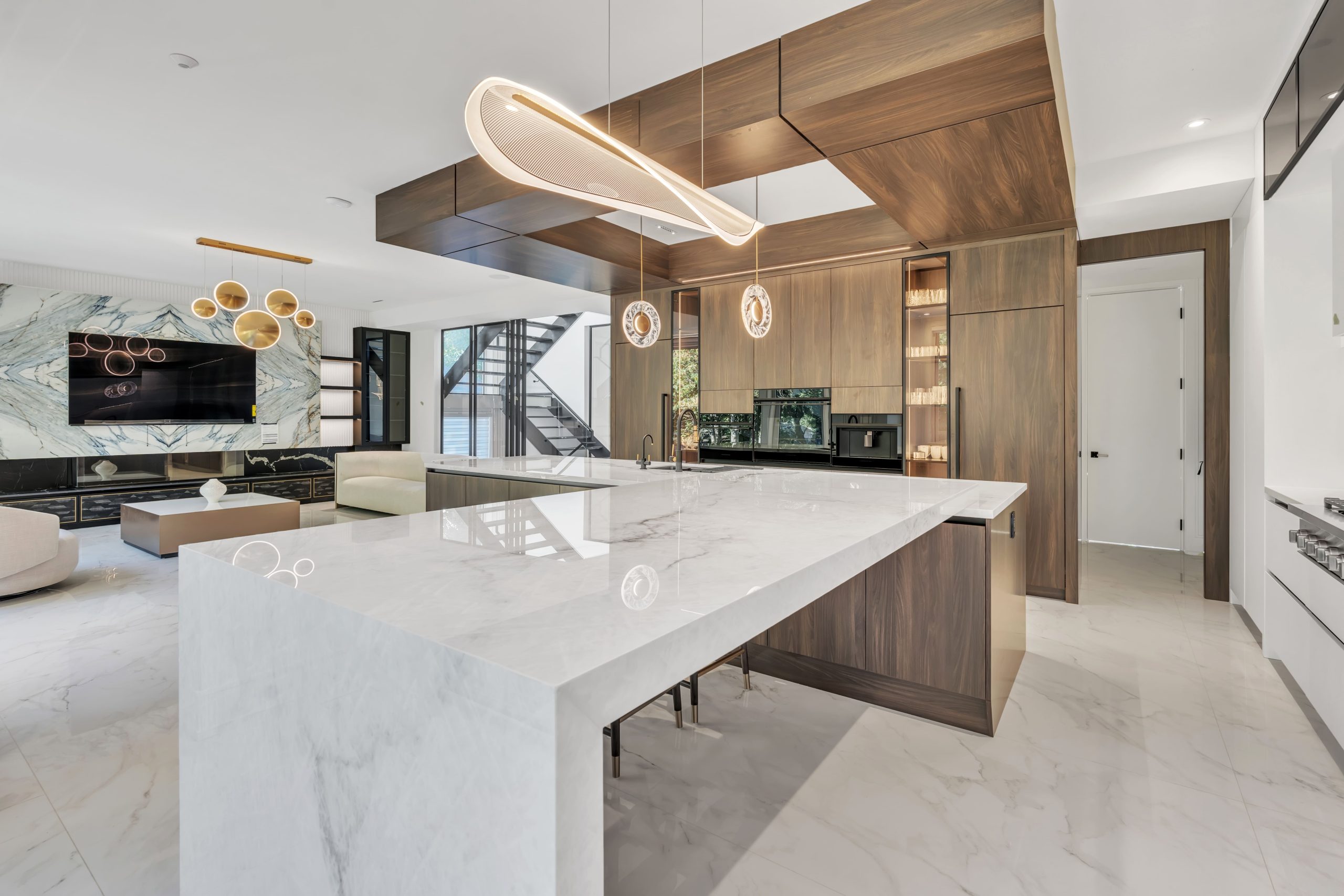
7. Straight Lines & Fluid/Organic Forms
A mix of straight lines, curves, and sleek forms gradually replaces the straightforward linear design. Organic shapes generate visually dynamic structures that stand out while preserving harmony with the surrounding landscape.
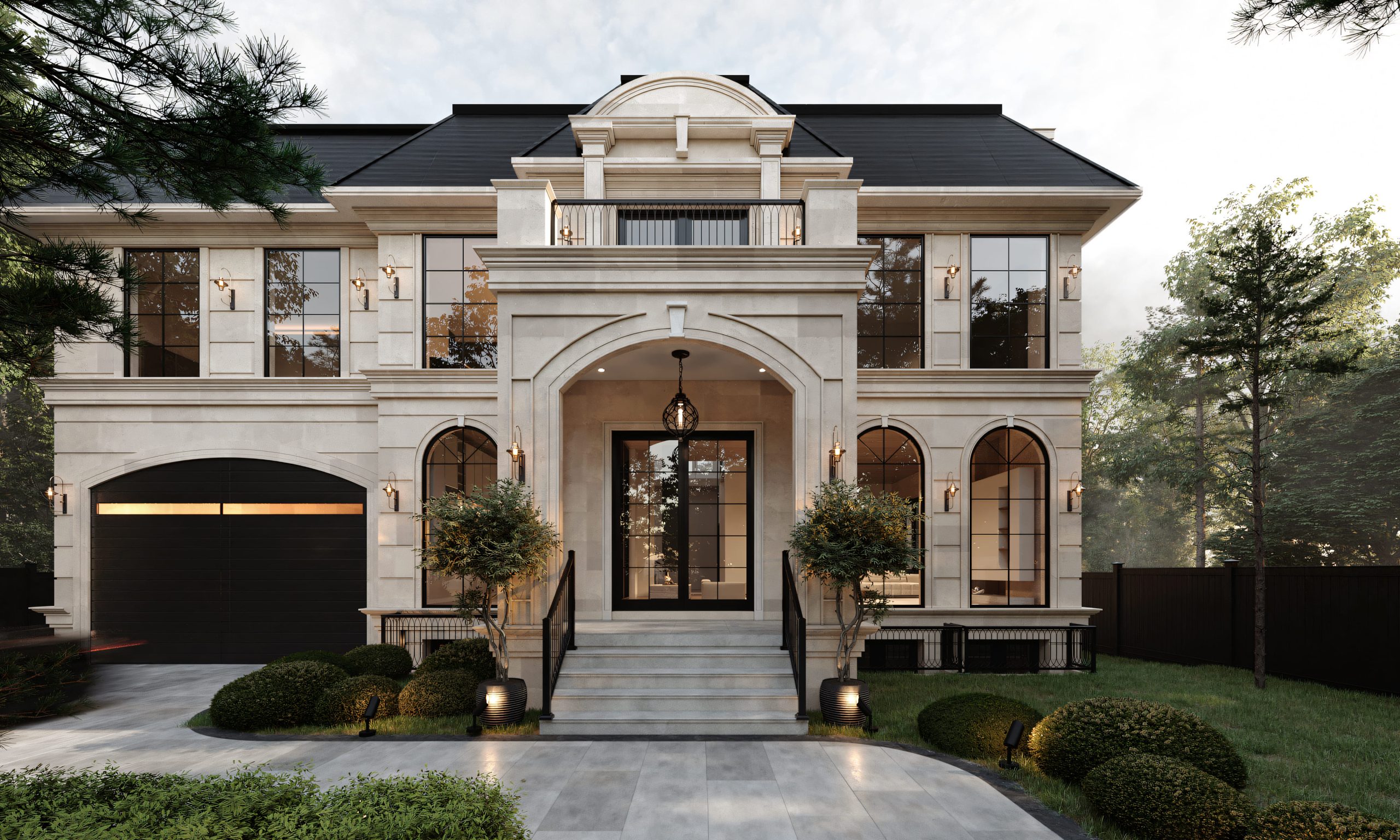
8. Garden Suite and Laneway House
With the acceleration of urbanization and the shortage of residential space, detached houses in North America are increasingly focusing on the construction of garden suites and laneway houses to optimize land use and enhance urban living quality.
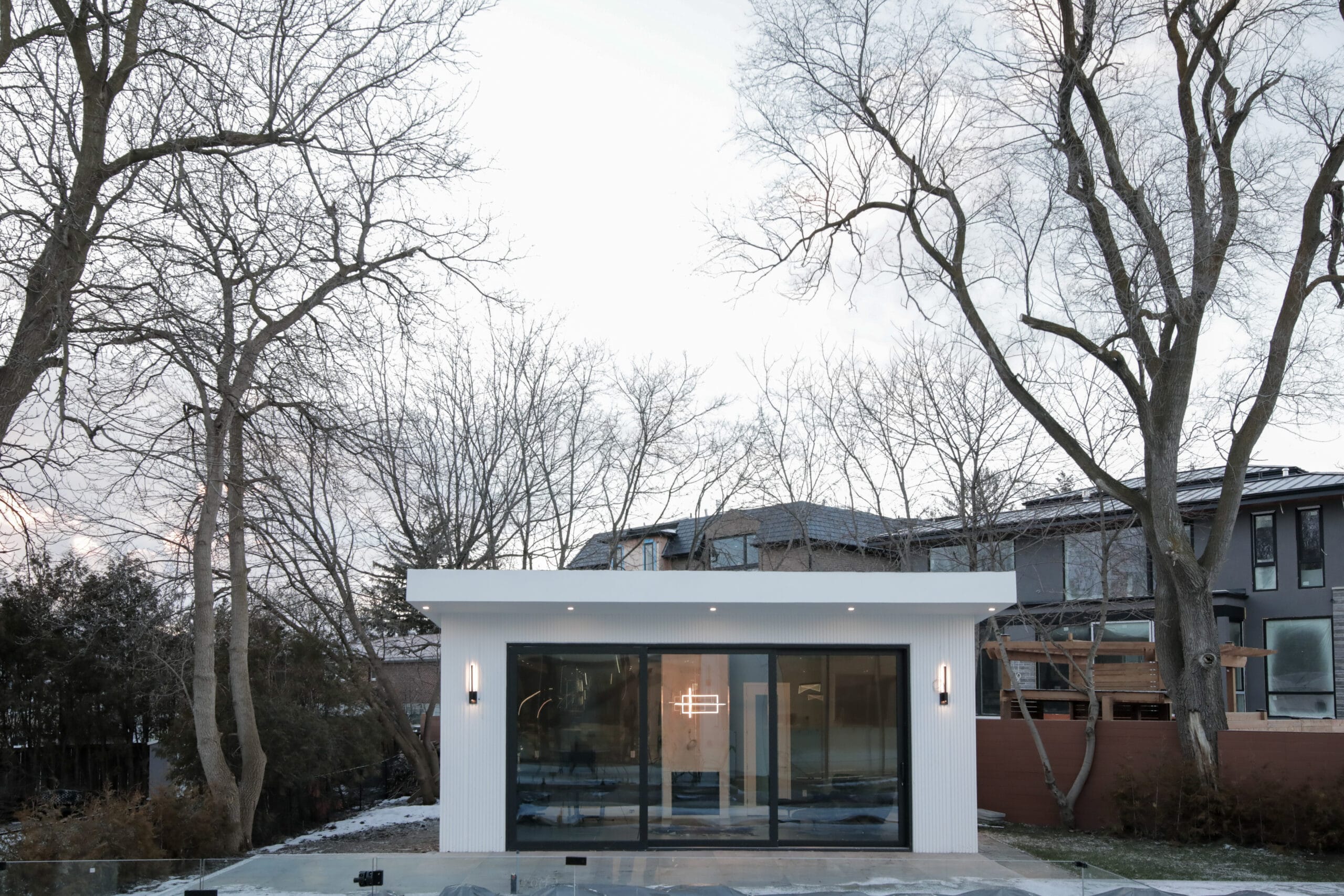
9. Outdoor Living & Flexible Spaces
Homes are increasingly integrating outdoor living areas such as rooftop lounges, open courtyards, and retractable walls. These designs cater to a growing desire for fresh air and adaptable spaces that transition between indoor and outdoor environments.
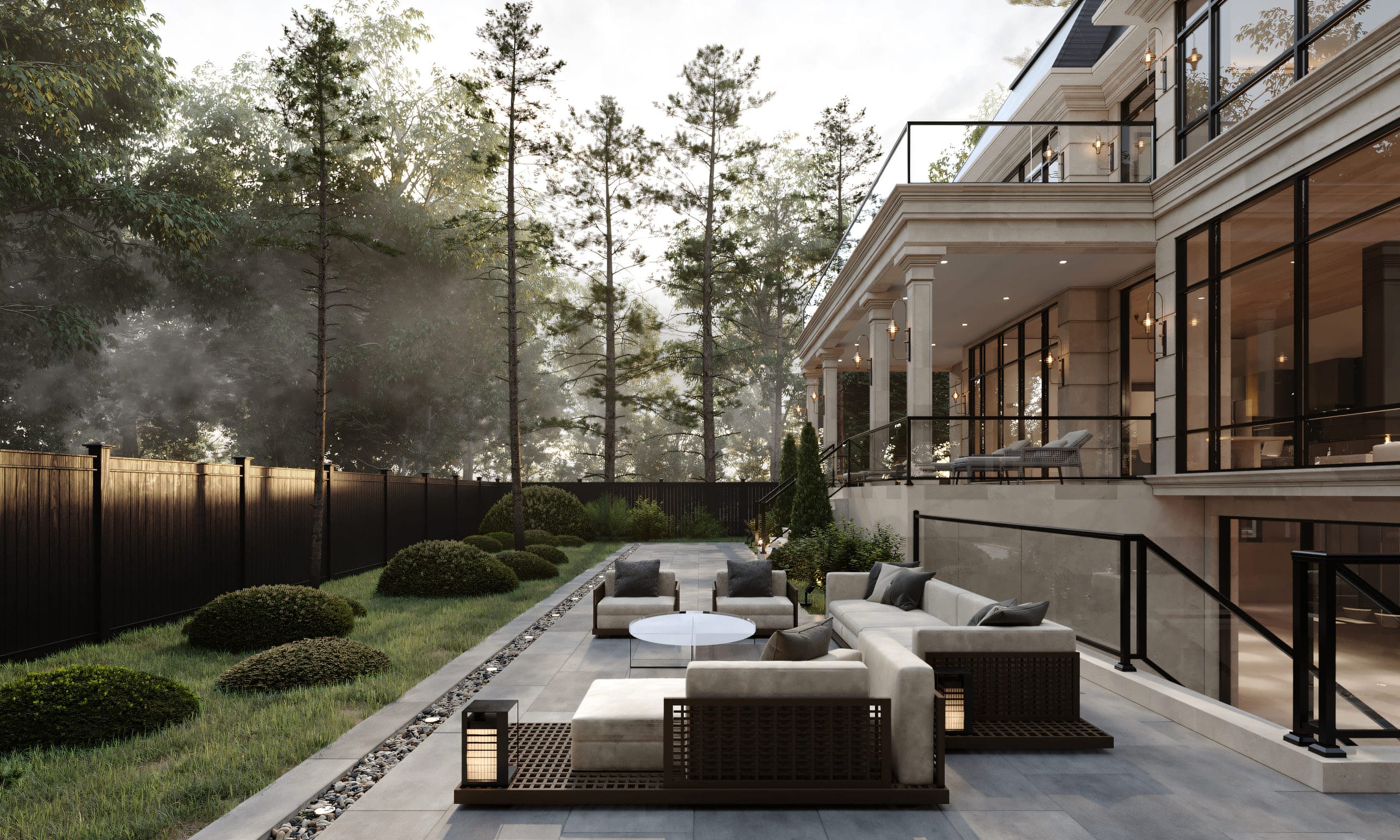
10. Futuristic Lighting Concepts
Lighting design is evolving beyond functionality into an art form. LED technology, smart lighting systems, and architectural illumination create mood-enhancing and visually dramatic effects, shaping how spaces feel and function at different times of the day.
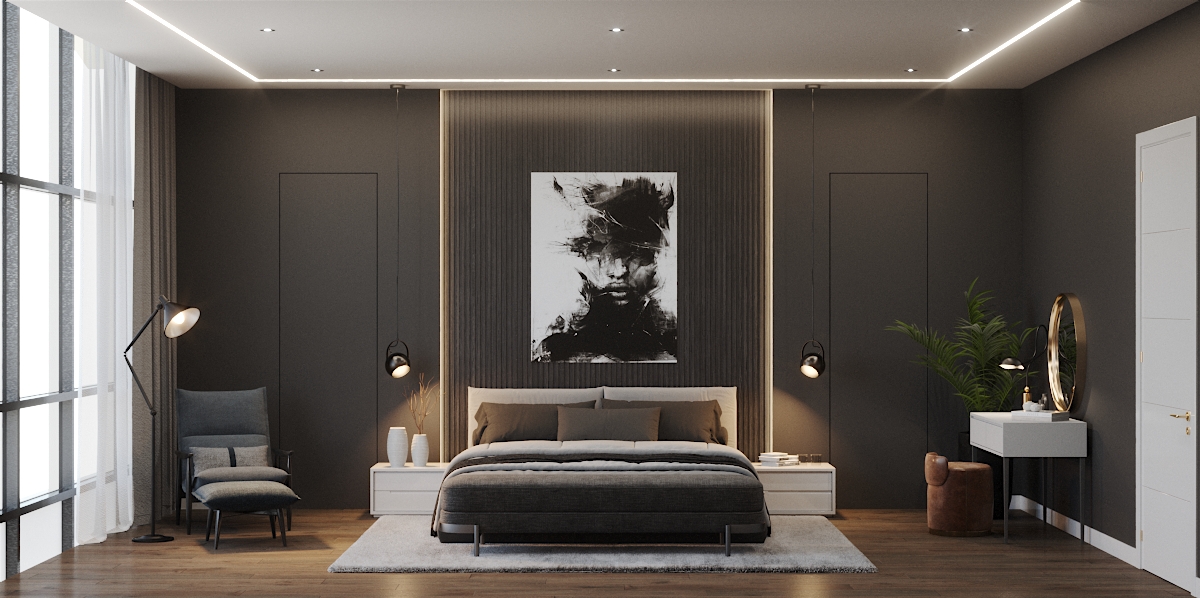
Final Thoughts
The architectural trends of 2025 focus on blending technology, sustainability, and aesthetics for the future of design. Whether through bold steel structures, natural integration, or smart home innovations, these trends are redefining how we live and build. Architects and designers who embrace these concepts will lead the way in shaping the modern world.
Which of these trends excites you the most? Share your thoughts in the comments!
